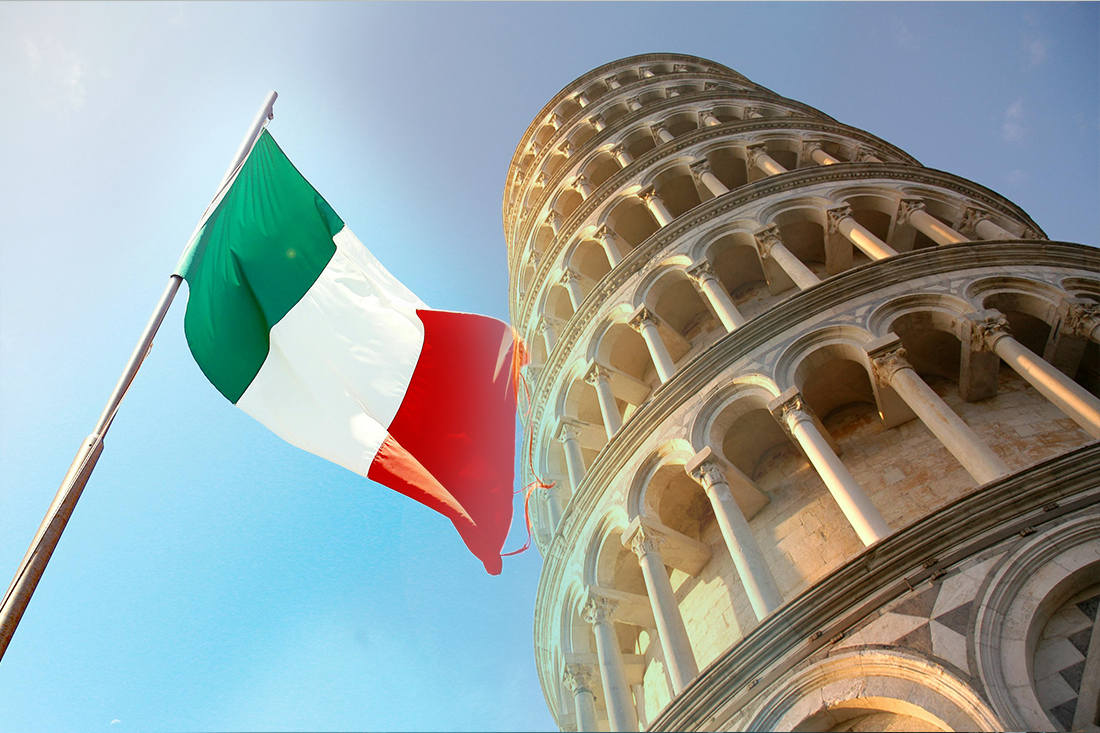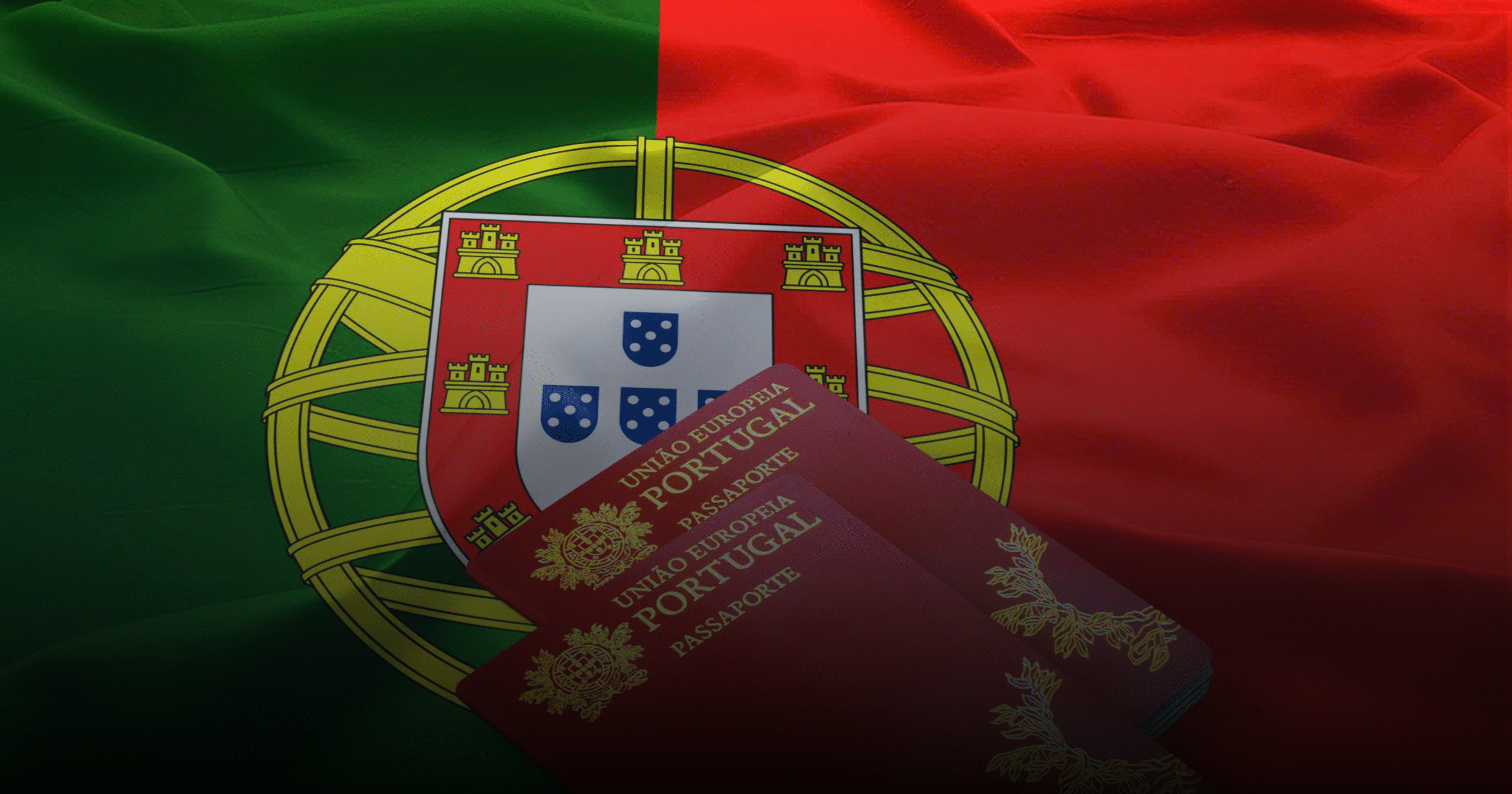Many people dream of living in Italy. They imagine sunny landscapes and delicious food. The idea of “la dolce vita” is very appealing. However, moving to Italy involves navigating its legal system. The country’s immigration process has many layers. Most people only know about tourist or student visas. But there are many other options available.
Understanding these options is key to a successful move. Italy offers pathways for investors, remote workers, and those with Italian heritage. These routes have specific requirements and benefits. This guide will reveal ten important facts about Italy immigration programs. This information can help you find the right path for your Italian dream. Let’s explore the details you might have missed.
:max_bytes(150000):strip_icc()/TAL-florence-ITCITIES0924-6aada9377bca4896a4338ab8950cca39.jpg)
Unlocking Diverse Pathways in Italy Immigration Programs
The Italian immigration system is more flexible than many believe. It caters to various personal and professional situations. You just need to know where to look.
1. There Are More Than Just Work and Study Visas
Most people think of standard work or study visas. However, Italy offers many other long-stay options. The Elective Residency Visa is a popular choice. It is for individuals with a stable passive income. This income can be from pensions, investments, or rental properties. You must prove you can support yourself without working in Italy. This visa is perfect for retirees or financially independent people. It is a key part of Italy immigration programs for those not seeking employment.
2. The Investor Visa Offers a Fast Track
For those with significant capital, Italy has an Investor Visa. This program provides a two-year residence permit. It is designed to attract foreign investment into the country. The minimum investment varies. You can invest €250,000 in an innovative startup. You could also invest €500,000 in an established company. Another option is a €1 million donation to a philanthropic project. A €2 million investment in government bonds is also possible. This visa offers a streamlined path to residency.
3. Citizenship by Descent Has Complex Rules
Many people with Italian ancestors seek citizenship. This is known as “jure sanguinis” or “right of blood.” The process can be very complex. One critical rule is the “1948 Rule.” Before January 1, 1948, Italian women could not pass citizenship to their children. If your Italian lineage comes through a female ancestor, this date is crucial. Her child must have been born after this date. Understanding these details is vital for a successful application.
Navigating the Modern Rules of Italy Immigration Programs
Italy is adapting its immigration policies for the modern world. New visas and specific procedures reflect this change.
4. Italy Now Has a Digital Nomad Visa
Italy recently launched a Digital Nomad Visa. This is exciting news for remote workers. The program targets highly skilled non-EU workers. Applicants must prove a minimum annual income of around €28,000. They also need comprehensive health insurance. A clean criminal record is also required. This visa allows you to live in Italy while working for companies abroad. It’s a modern addition to Italy immigration programs.
5. Work Visas Are Governed by Annual Quotas (“Decreto Flussi”)
Gaining a standard work visa in Italy can be competitive. The government releases an annual decree called the “Decreto Flussi.” This decree sets quotas for different types of work visas. It specifies how many non-EU workers can enter Italy for seasonal and non-seasonal work. The demand for these spots is always high. Applications are often processed on a first-come, first-served basis. Timing and preparation are essential to secure a spot through this system.
6. A Visa and a Residence Permit Are Different
This is a critical point that many newcomers miss. A visa allows you to enter Italy legally. A residence permit, or “Permesso di Soggiorno,” allows you to stay. Once you arrive in Italy with your long-stay visa, you have only eight days. You must apply for your Permesso di Soggiorno within this timeframe. You do this at a local post office (“Poste Italiane”). Failing to do so can create serious legal problems.
Long-Term Benefits Within Italy Immigration Programs
Moving to Italy is not just about getting the visa. It is also about setting up your life for the long term. This includes healthcare, taxes, and permanent residency.
7. You Can Join the National Healthcare System
Legal residents in Italy can register with the National Health Service (“Servizio Sanitario Nazionale” or SSN). This provides access to public healthcare. The quality of care is generally very high. Once you have your residence permit, you can apply for your health card (“Tessera Sanitaria”). This gives you access to doctors and hospitals at a low cost. Some visa types may require private insurance initially. But long-term residents often join the SSN.
8. There Are Special Tax Regimes for New Residents
Italy offers attractive tax incentives for new residents. The goal is to attract talent and wealth. The “impatriating” tax regime is for workers who move their residency to Italy. It provides a 70% tax exemption on their income for up to five years. This can increase to 90% if you move to a southern region. This significant benefit is one of the most overlooked parts of Italy immigration programs.
9. Registering Residency at the “Comune” is Essential
After getting your residence permit, you must register your address. This is done at the local town hall, or “Comune.” The process is called “iscrizione anagrafica.” This official registration is vital for everyday life. You need it to open a bank account. It is necessary for finalizing your healthcare registration. It is also a key step on the path to long-term residency and citizenship.
10. The Path to Citizenship Takes Time
Gaining Italian citizenship is a long-term goal for many. For most non-EU nationals, the path involves continuous residency. You can apply for permanent residency after living in Italy for five years. After ten years of legal residency, you can apply for citizenship by naturalization. You must demonstrate a stable income. You also need to pass a B1 level Italian language test. The process requires patience and dedication.
Your Italian Journey Awaits
Italy’s immigration system is full of opportunities. It goes far beyond the well-known visa categories. From investor visas to digital nomad options, there is a pathway for many goals. Understanding lesser-known rules about ancestry, taxes, and healthcare is crucial. These details shape the experience of building a life in Italy.
Navigating the various Italy immigration programs can be complex. Each has unique requirements and procedures. Being well-informed is your best advantage. By exploring all your options, you can find the perfect route for your situation. To ensure a smooth process, consider seeking professional guidance from an immigration expert. Your dream of la dolce vita could be closer than you think.
Follow us on social media and website for more insights!













